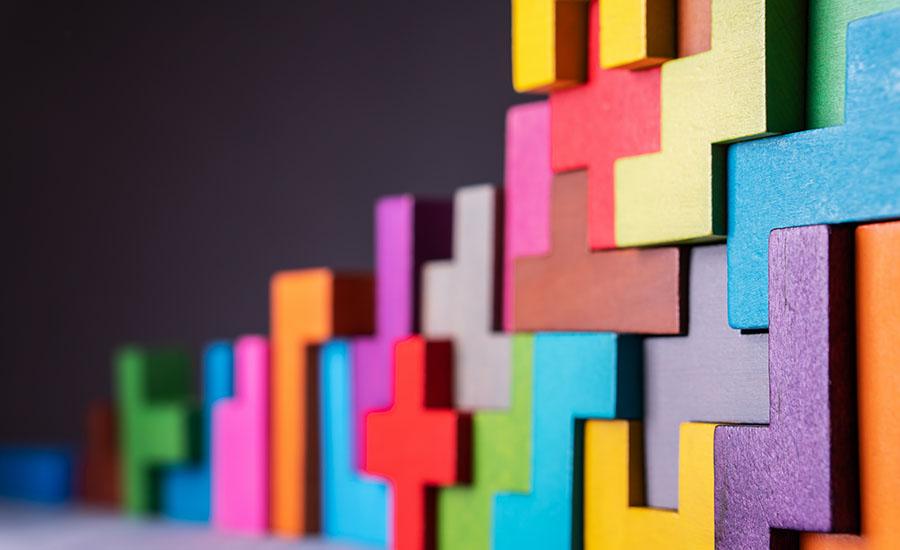
Sun Prints
by Kimberly Roach
Students will combine science and art by using an alternative photographic process called cyanotypes or sun prints. After a short introduction to the history of cyanotypes and the process of creating one, students will go on a nature walk to collect objects from nature. Once back in the classroom, students will layout their composition using the objects from nature, place their sun print composition in the sun for a few minutes, rinse the exposed sun print in water, and place on a drying rack. After 24 hours, when the cyanotype is dry, as if by magic, the area were the nature objects were appear white and the area where there were no nature objects is a cyano blue.
Lesson Plan Link/URL
https://docs.google.com/presentation/d/1aP4Tp2vFGnimucAJBF_DHkVLecpurf2d/edit?u…Subject Area
Science Physical Science P1: Matter P4: Energy Transfer Earth and Space Science E1: Earth Systems Technology 5. Computational Thinker Mathematics Statistics and Probability (SP) English Language Arts (ELA) Writing Speaking & Listening
Featured
Off
Related Content

Grades:
2nd Grade, 3rd Grade
Students will research a biome around the world, including 3 animals, 3 plants, and 3 nonliving parts of the ecosystem. Students will construct a diorama of the biome and illustrate a natural disaster

Grades:
7th Grade, 8th Grade, 9th Grade
I recently extended my lesson on my homesite lease, which involves land plots on the reservation. I covered the process of designing our land plot, including drawing elements such as homes, corrals

Grades:
9th Grade, 10th Grade, 11th Grade, 12th Grade
This lesson is a follow-up to the lesson titled "Creating Sustainable Solutions with Bioplastics Part 1". In this lesson, students evaluate different ingredients for bioplastics and create a minimum